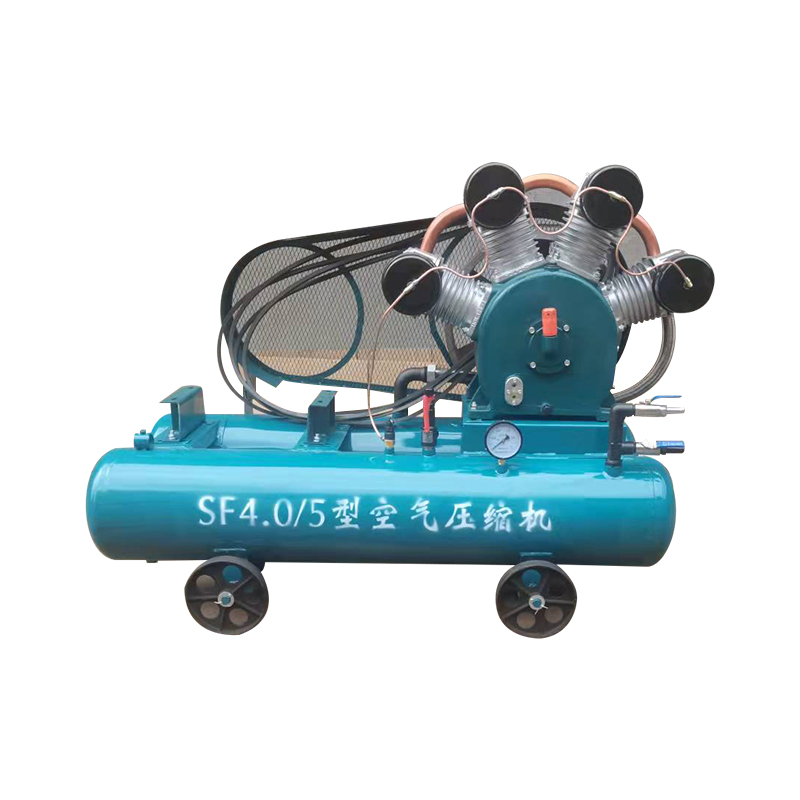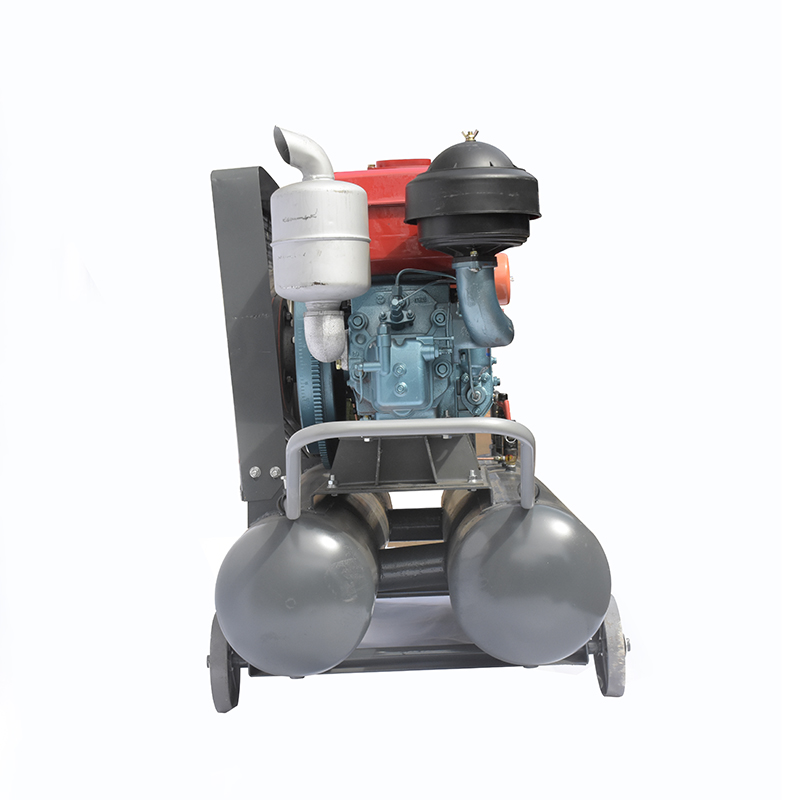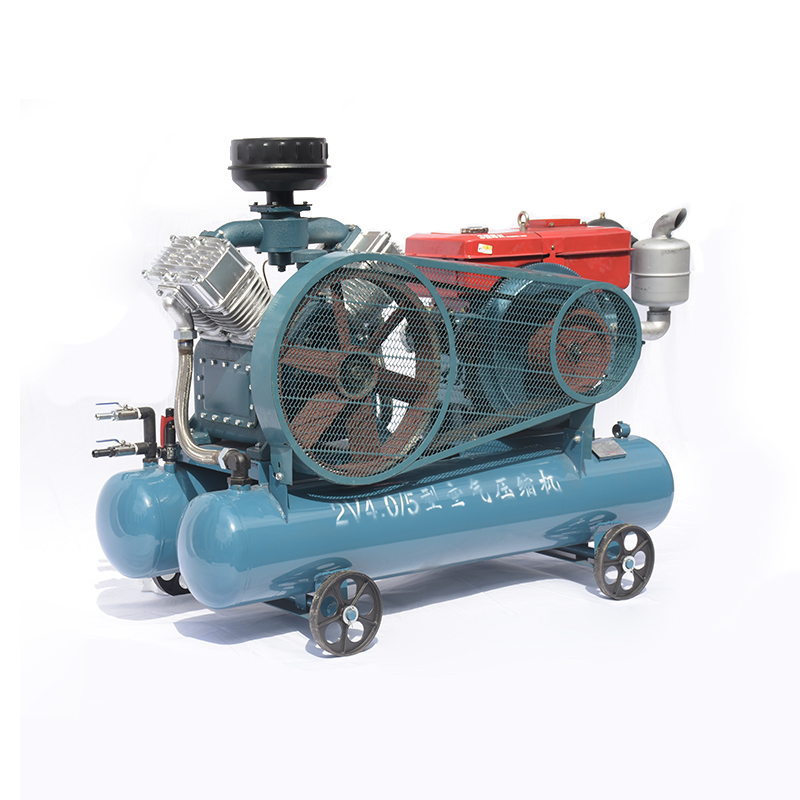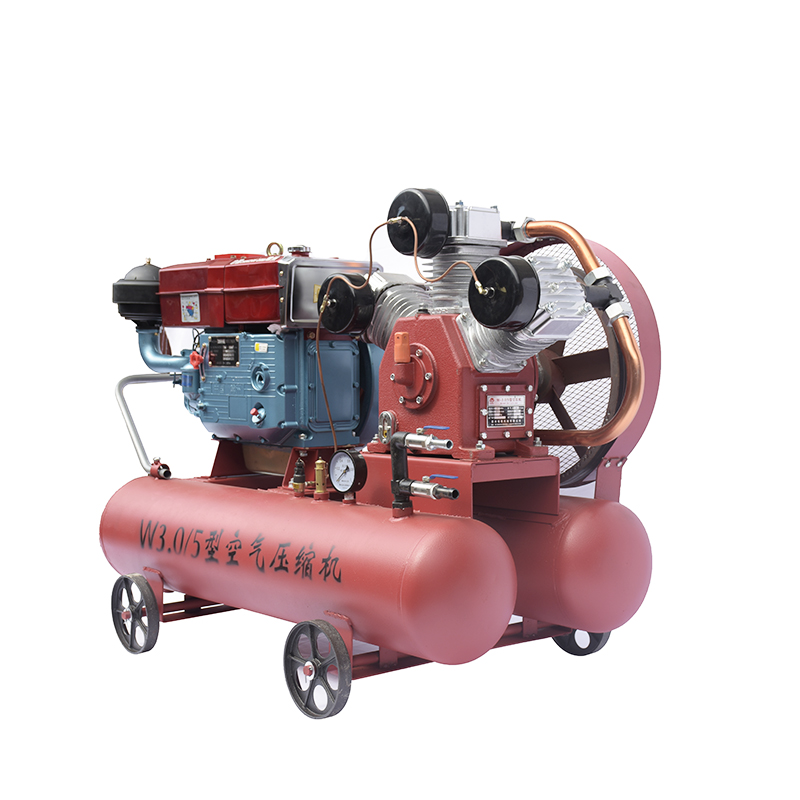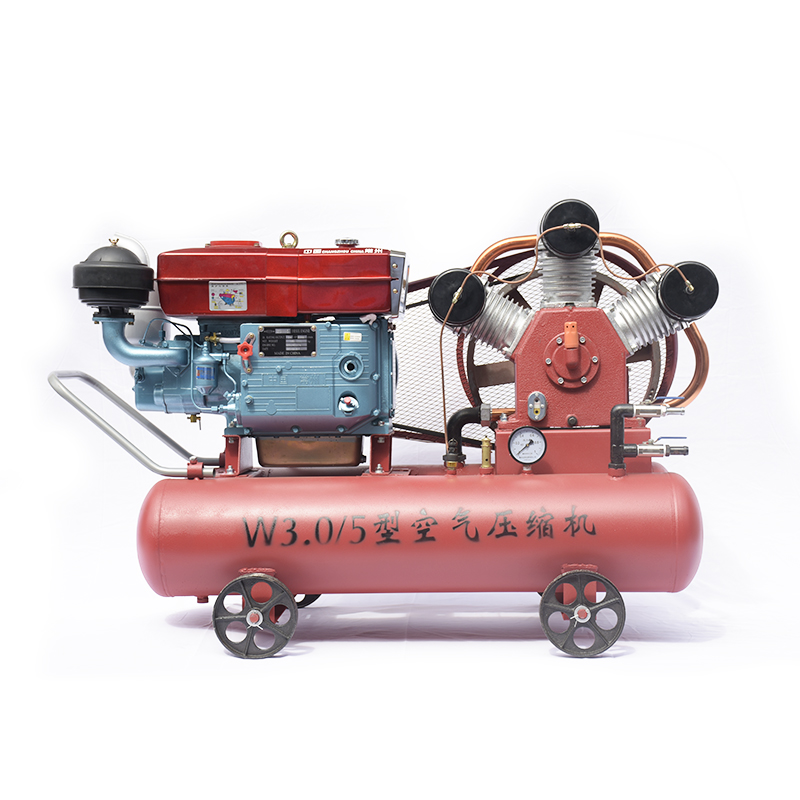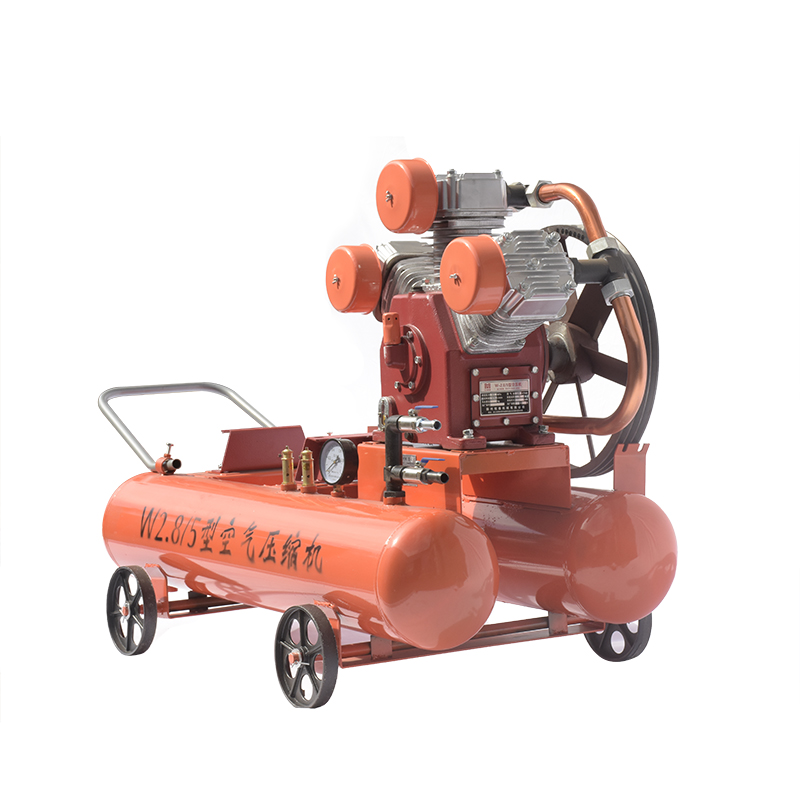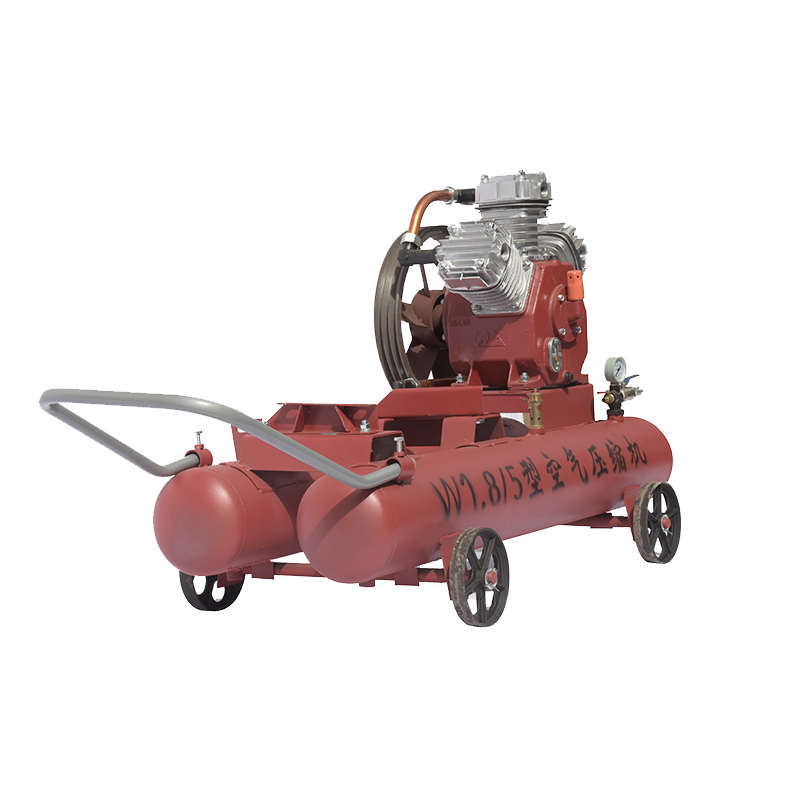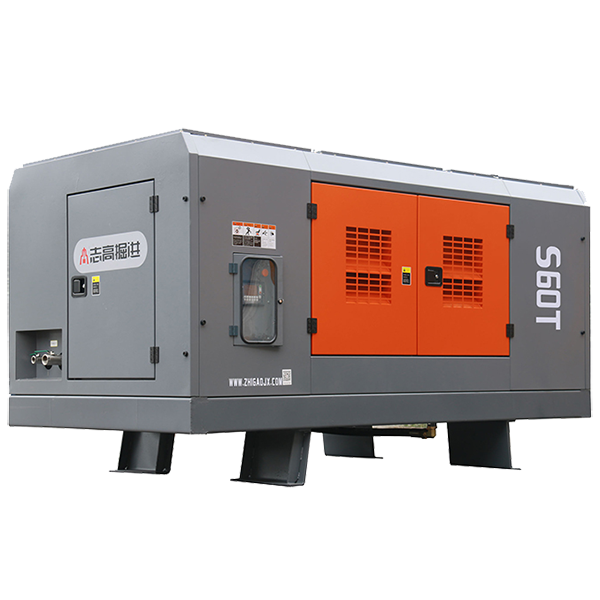By harnessing the power of an electric motor, diesel or gasoline engine, etc., an air compressor converts that energy into potential energy stored under pressure in the form of compressed air. As more and more air is forced into an air tank, the pressure within rises until it reaches its peak – at which point the compressor automatically ceases. Afterward, the pressurized air is stored until it is needed.
The strength of compressed air is locked away in the form of potential energy. What this means is that air compressors do the labor of pushing air molecules closer together, which in turn increases pressure. This job is completed by motors, engines, or some other form of mechanical energy source. Then, when that same energy is put to use by air tools, blowguns, and other instruments – it unshackles the power stored within the air tank.
An air compressor helps power up a variety of tools like air hammers, air ratchets, impact wrenches, and air nailers. It serves by providing them with a powerful and consistent airflow compressed into a high pressure. In addition to this, air compressors are employed in cleaning off surfaces and inflatables like tires.
To manage air pressure effectively, air compressors come divided into two main varieties: positive displacement and negative displacement. By trapping a pocket of air in a confined chamber, then reducing its volume size, positive displacement machines have proven ideal for tasks that need a steady air flow, such as dentistry operations. On the other hand, negative displacement compressors excel in providing high-pressure air streams due to their method of drawing air into its chamber and expelling it afterwards – making these machines a must-have when it comes to auto body shops.
An air compressor is sized according to its capacity to deliver air in a given amount of time; this measurement is specified in cubic feet per minute (CFM). The CFM rating reflects the volume of air the compressor can supply over the course of one minute. The greater the CFM rating, the greater its capacity in terms of delivering larger volumes. To determine its size, an air compressor‘s capability to generate pressure also comes into play, determined by its pounds per square inch (PSI) rating. A higher PSI rating means that it can generate higher pressure.
An air compressor’s on-board storage tank is designed to contain a reserve of pressurized air. Its capacity is dictated by the CFM and PSI ratings of the compressor – the greater the CFM and PSI ratings, respectively, the larger the tank.
Both portable and stationary air compressors offer powerful performance and convenient uses. Portable models are designed to be light in weight and capable of being carried with ease; making them perfect for inflating tires, running air tools, and wiping clean surfaces. Meanwhile, stationary compressors are much heavier and more robust – capable of being mounted to walls or floors – which makes them ideal for tasks such as automotive repairs and manufacturing work.
There are many models of air compressors available on the market, each designed for a specific set of tasks. When selecting one, make sure to take into consideration the CFM rating, PSI rating, and tank size to ensure that it is well-suited to your requirements.
Post time: 2023-06-26


